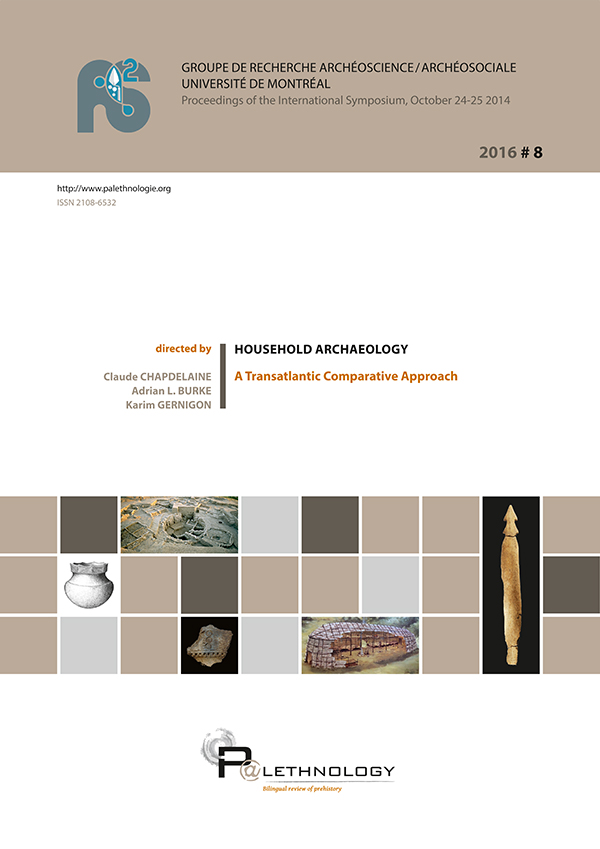COPYRIGHT
Each author publishing in P@lethnology is required to sign the form which can be downloaded here.
Copyright transfer agreement
To the editorial committee of P@lethnology journal,
I, the undersigned,……………………….,
hereby assign full and permanent copyright to P@lethnology journal for the article entitled:
……………………………………………………………………………..
I also acknowledge that I have taken note of the following conditions:
1. The author may freely republish this article (in printed or electronic format) on any institutional or personal website and in institutional repositories, on the condition that:
– he/she does not submit the article to another journal during the evaluation period;
– he/she clearly references the original publication in P@lethnology;
– he/she requests permission from the journal editor (vanessa.lea@univ-tlse2.fr).
2. The author of an accepted text guarantees P@lethnology journal against all action by third-parties (editors, authors etc.) whose copyright may have been infringed, intentionally or unintentially. In the instance of plagiarism, the author is solely responsible and he/she guarantees the accuracy of all references and citations. Regarding the publication of photographic, iconographic or other documents, the author must inform himself or herself of any existing copyright and obtain the necessary permission to publish the documents.
Town/city: ……………………………
Date: ………………………………..
Signature: ……………………………
Plagiarism Policy
Definition of plagiarism
“Plagiarism is:
– the copying of someone else’s creative work and presenting it as one’s own;
– the collecting of extracts of text, images, data etc. from external sources and including them in one’s own work without proper citation;
– summarising an author’s original idea and formulating it in one’s own words without citing the source.
Plagiarism is not only dishonest, but is an offence which can lead to sanctions.”
http://www.bibl.ulaval.ca/infosphere/sciences/evaciter1.html, accessed 01/08/2016 (translated from French)
Problems and risks
Plagiarism undermines the moral and proprietary rights of the author. It demonstrates a lack of personal reflection and a lack of commitment to academic work.
Citing sources
Please refer to the “BIBLIOGRAPHIC REFERENCES” section of our guidelines for authors.

